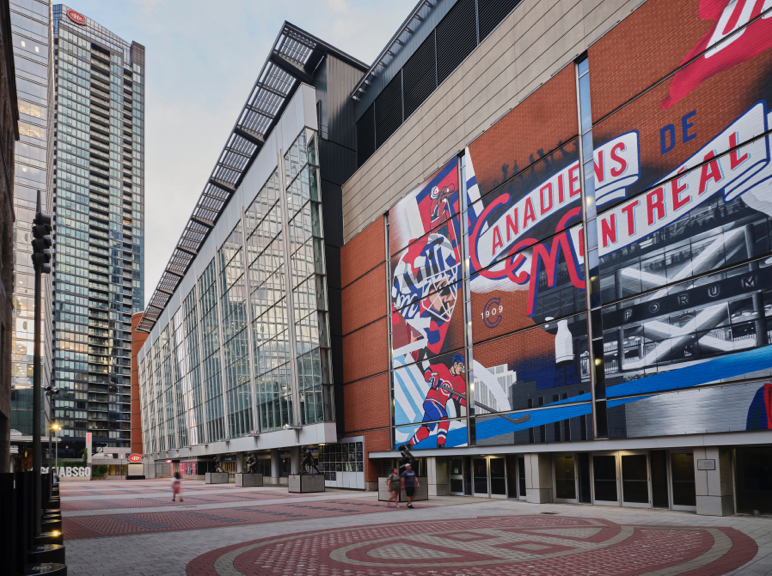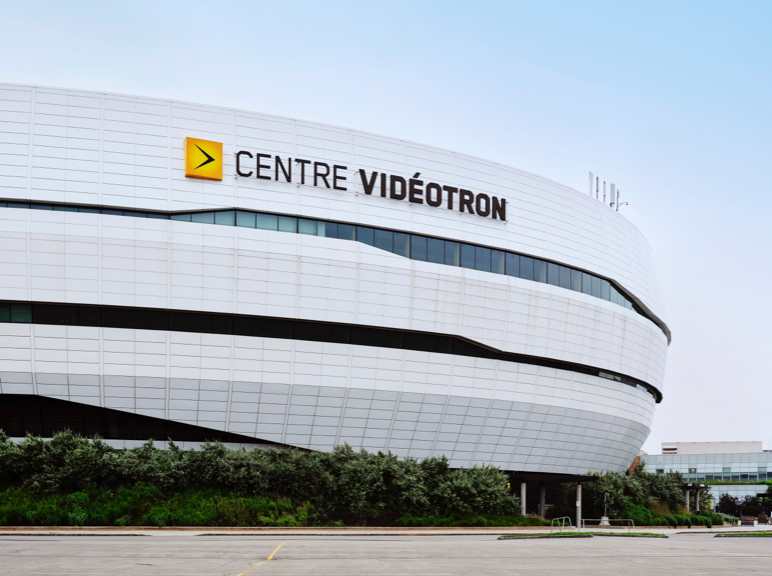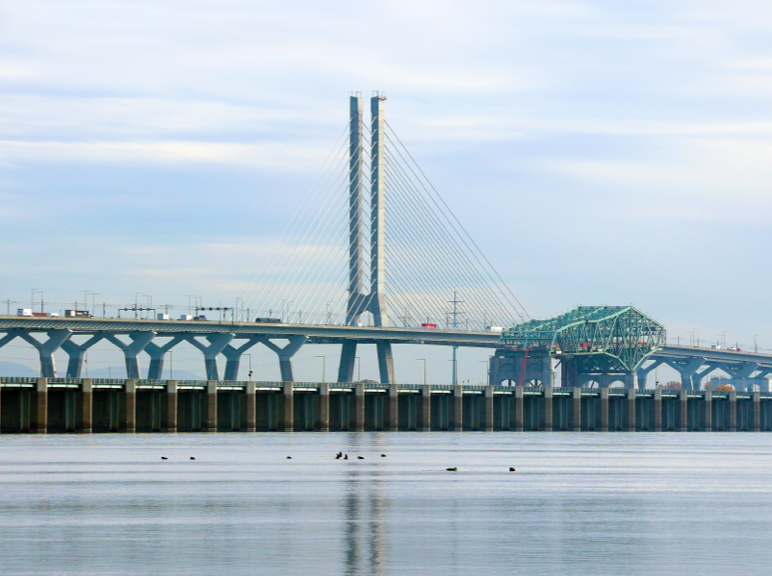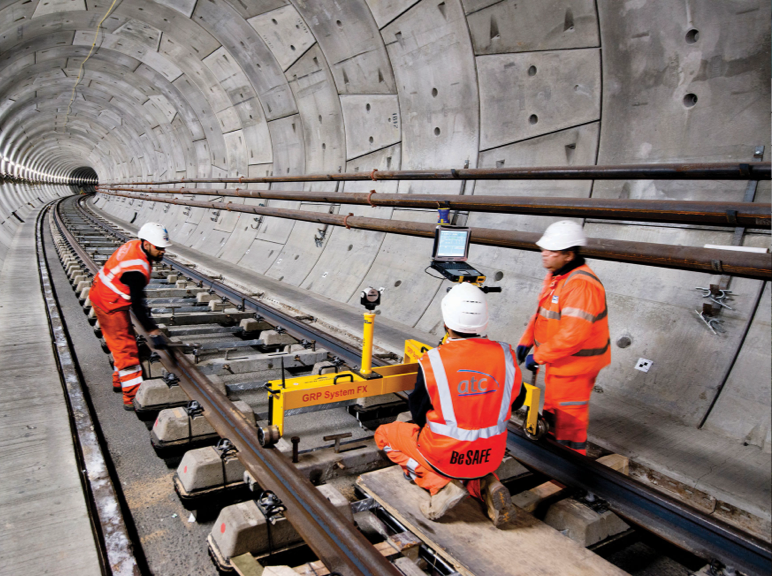About /
Made in Canada
Made in
Canada
Our products weave through the foundation of projects, small and large, integral to the structures they support and the people who use them.
Whether it is rebar supporting the structure of the Champlain Bridge in Montreal or the Confederation Bridge spanning the vast expanse of the Atlantic Ocean between New Brunswick and Prince Edwards Island, the foundation of the Bell and Videotron Centres, as well as the infrastructure of countless hospitals, military bases, and highways, ArcelorMittal Long Products truly binds together the fabric and the infrastructure of Canada.
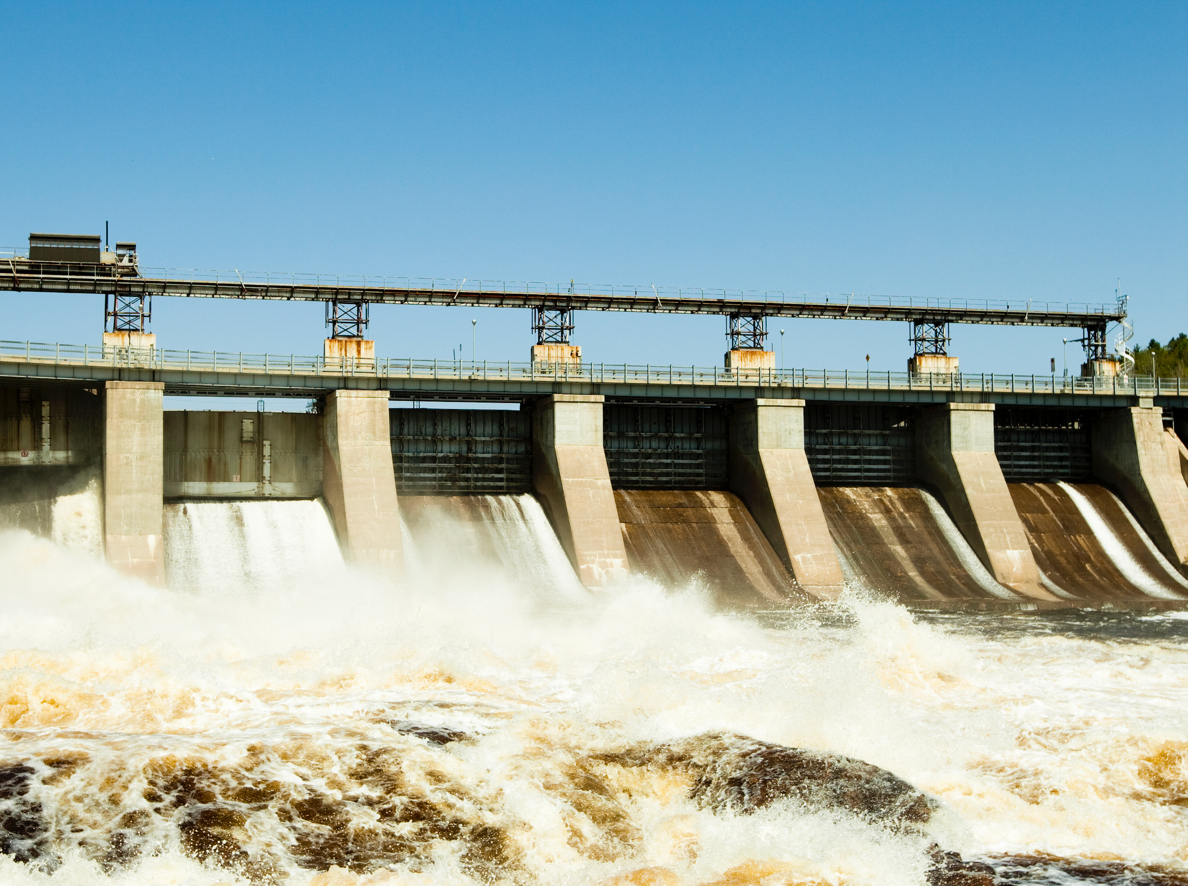
A cycle of endless possibility
As the single largest recycler of steel in the province and with mills powered by clean Quebec hydroelectric power, ArcelorMittal Long Products is proud to produce some of the sustainable rebar in North America. In 2020, we founded Integrated Metal Recycling to ensure the responsible re-use of scrap metal. We source our iron ore from ArcelorMittal mines in Northern Quebec, further reducing our GHG emissions with respect to the transportation of materials and boosting our local economy. Located in Eastern Canada, near major North American industrial and manufacturing markets, we can safely and efficiently transport our products economically and in environmentally viable ways. According to Global Efficiency Intelligence, steel produced by ArcelorMittal Long Products produces two to five times less carbon dioxide than steel imported from Asia and Europe.
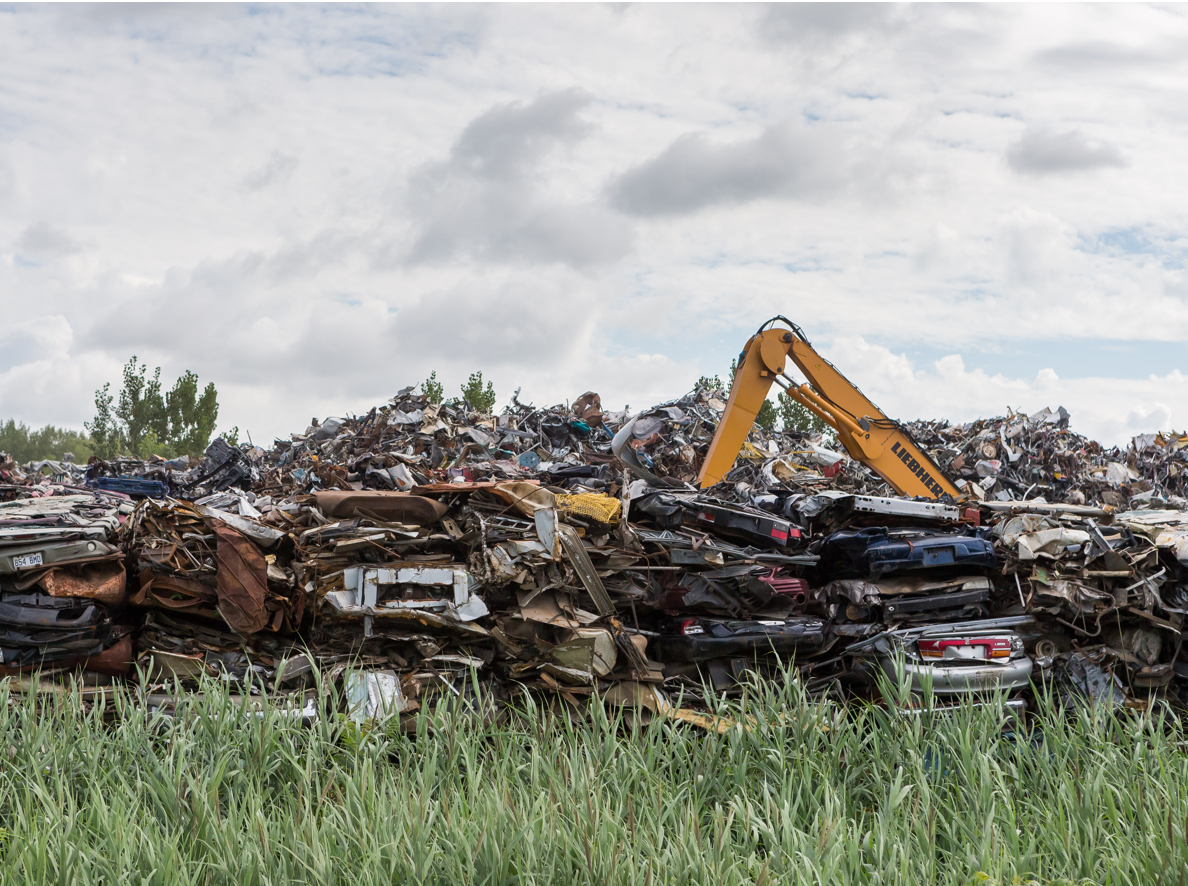
As a global leader in iron, steel, and mining, ArcelorMittal is present at all stages of the material life cycle: from the extraction of raw materials to their transformation into components for manufacturing and construction, through the recycling of used materials. All of this is happening right here in Quebec.
2M tons
produced of steel annually
from iron ore and recycled
scrap metal
“Each time a principal chooses to procure 10,000 tonnes of steel from Quebec rather than from abroad, this decision significantly reduces the environmental impact of the project. That’s the equivalent of 3,500 gasoline vehicles that would be taken off the road for a year.”

© 2024 ArcelorMittal Long Products

